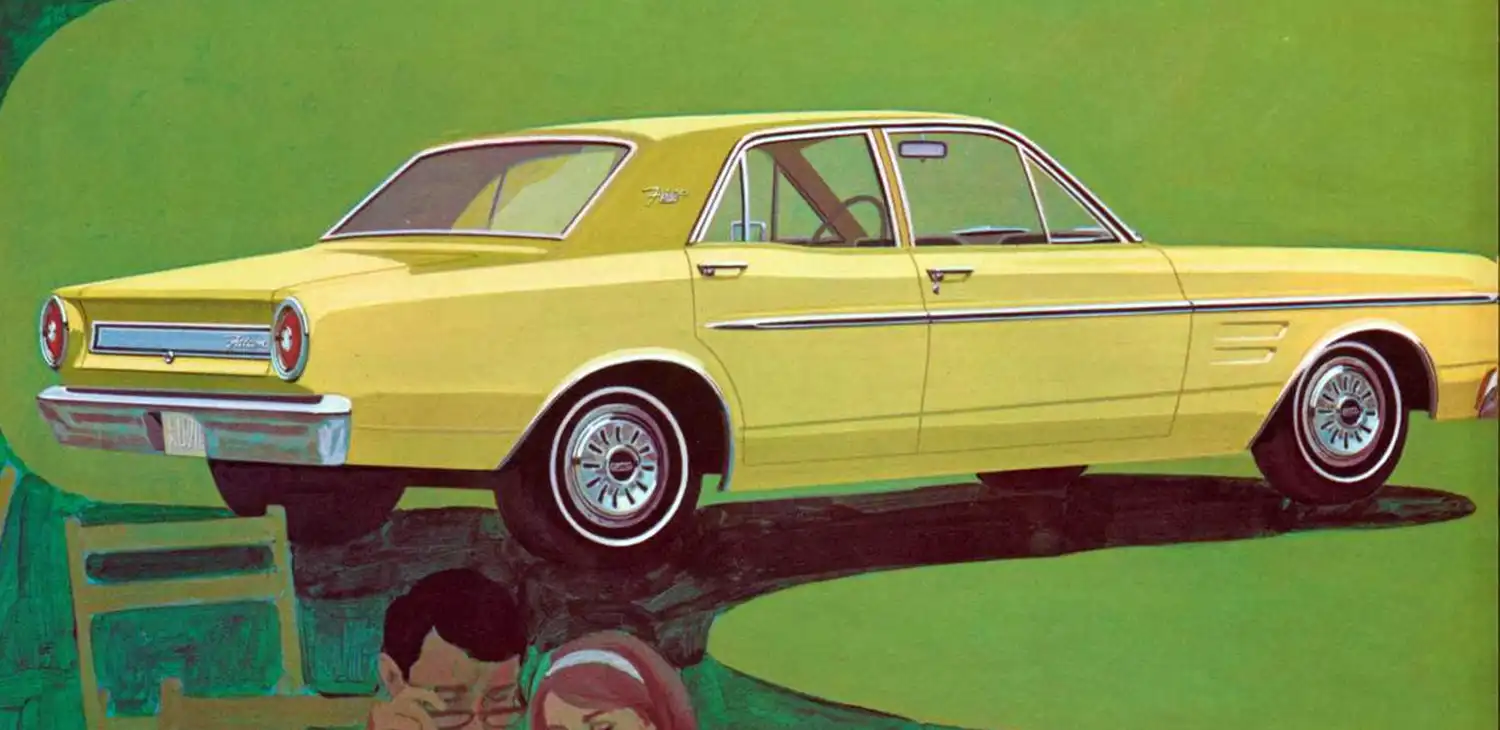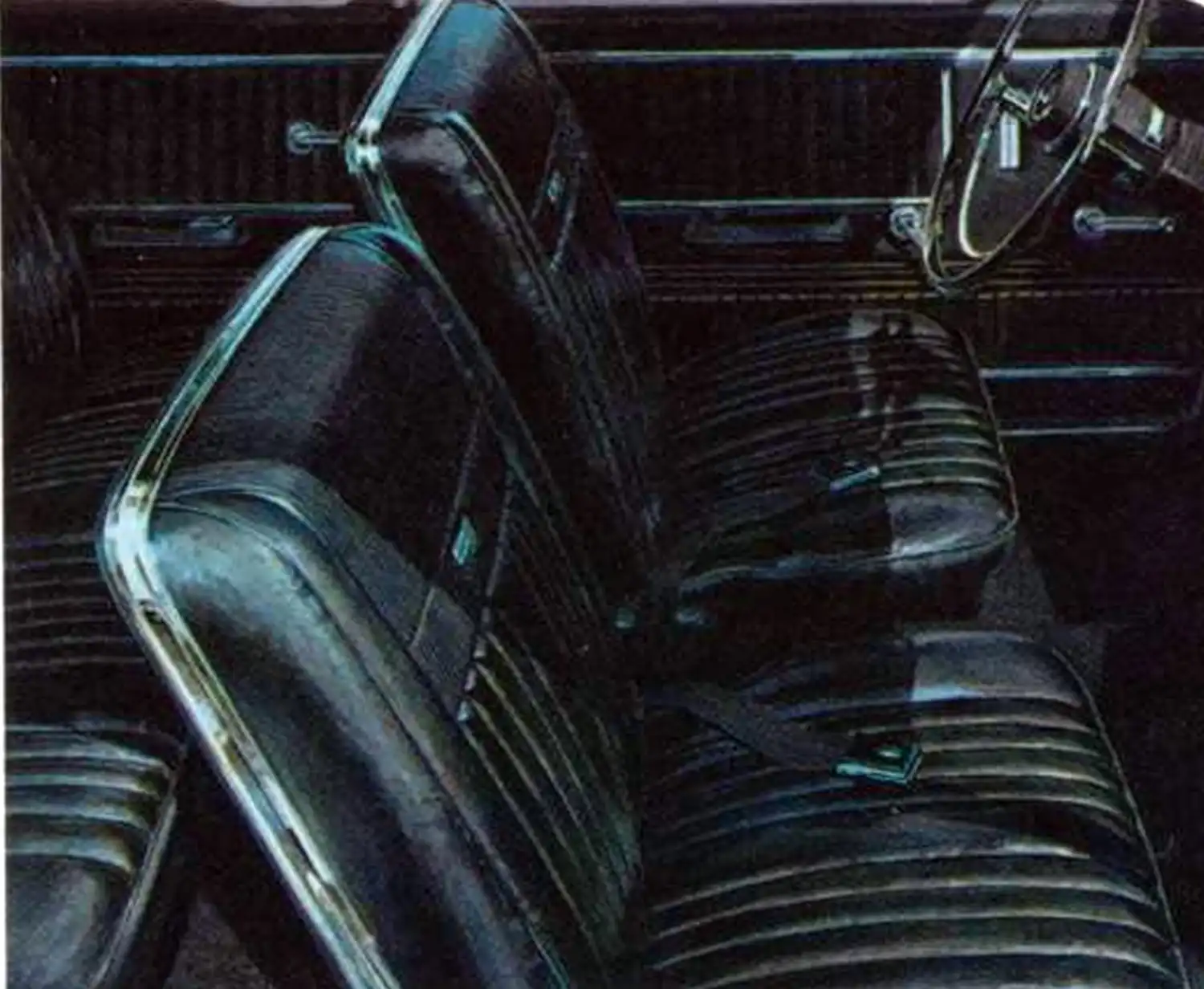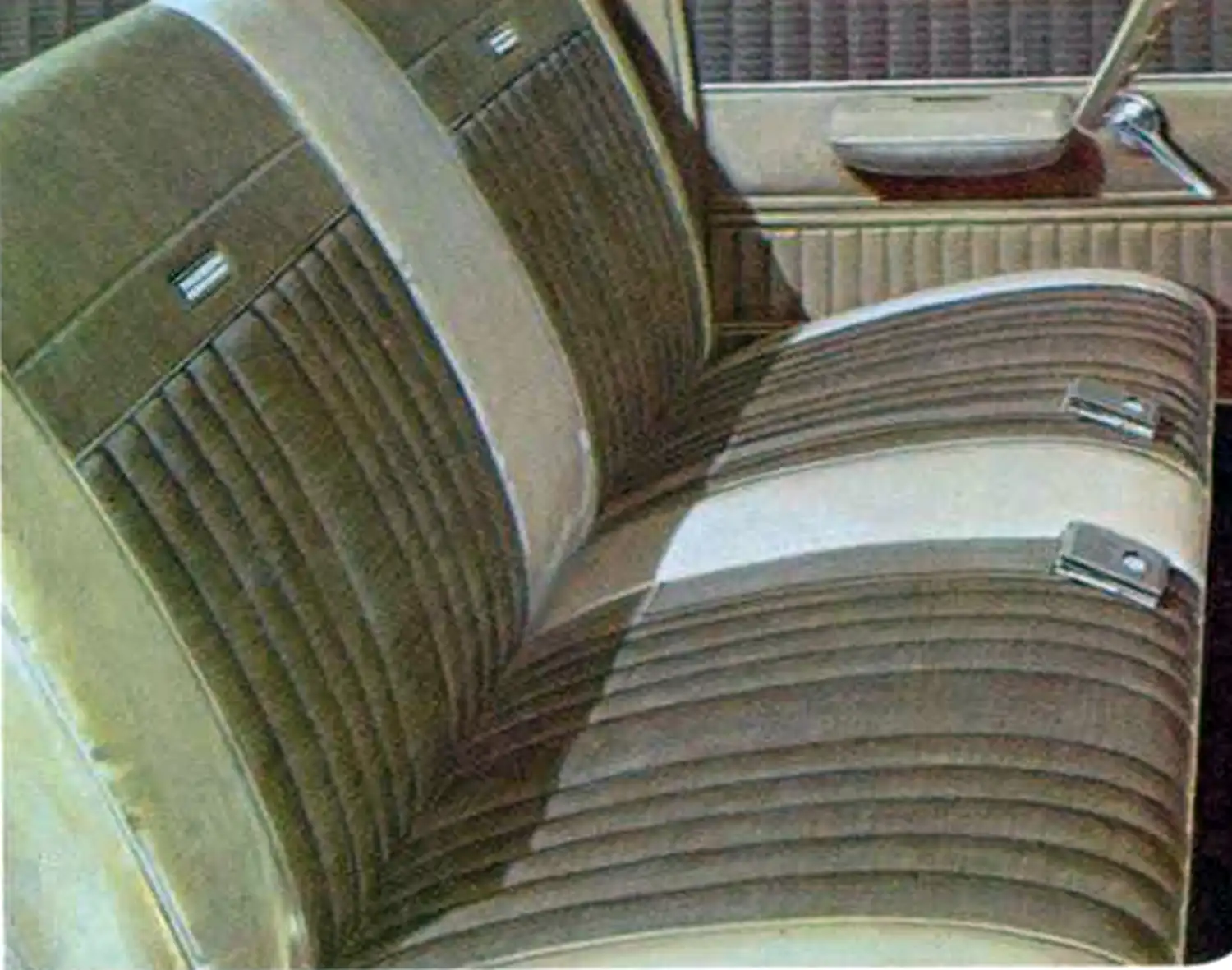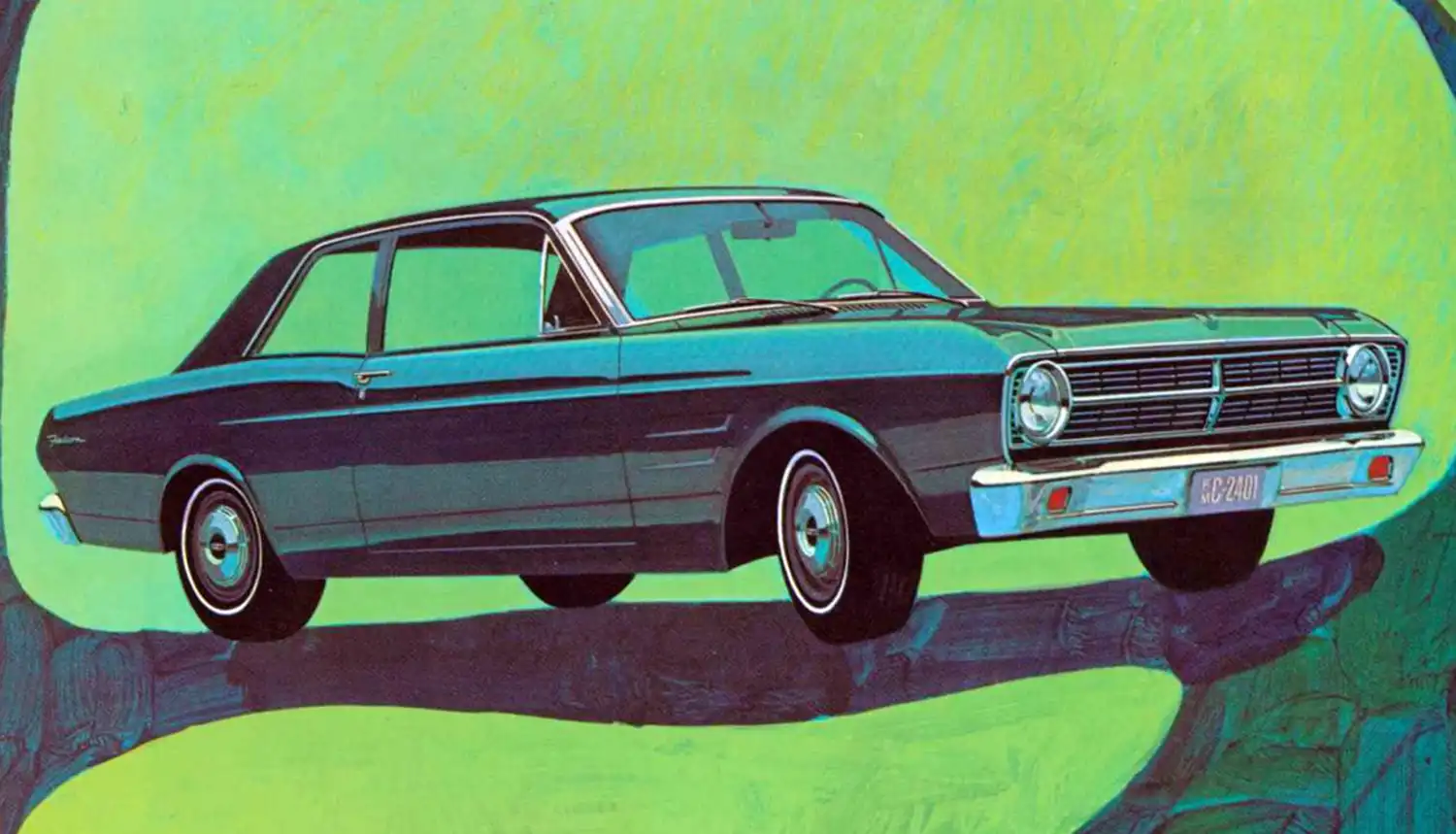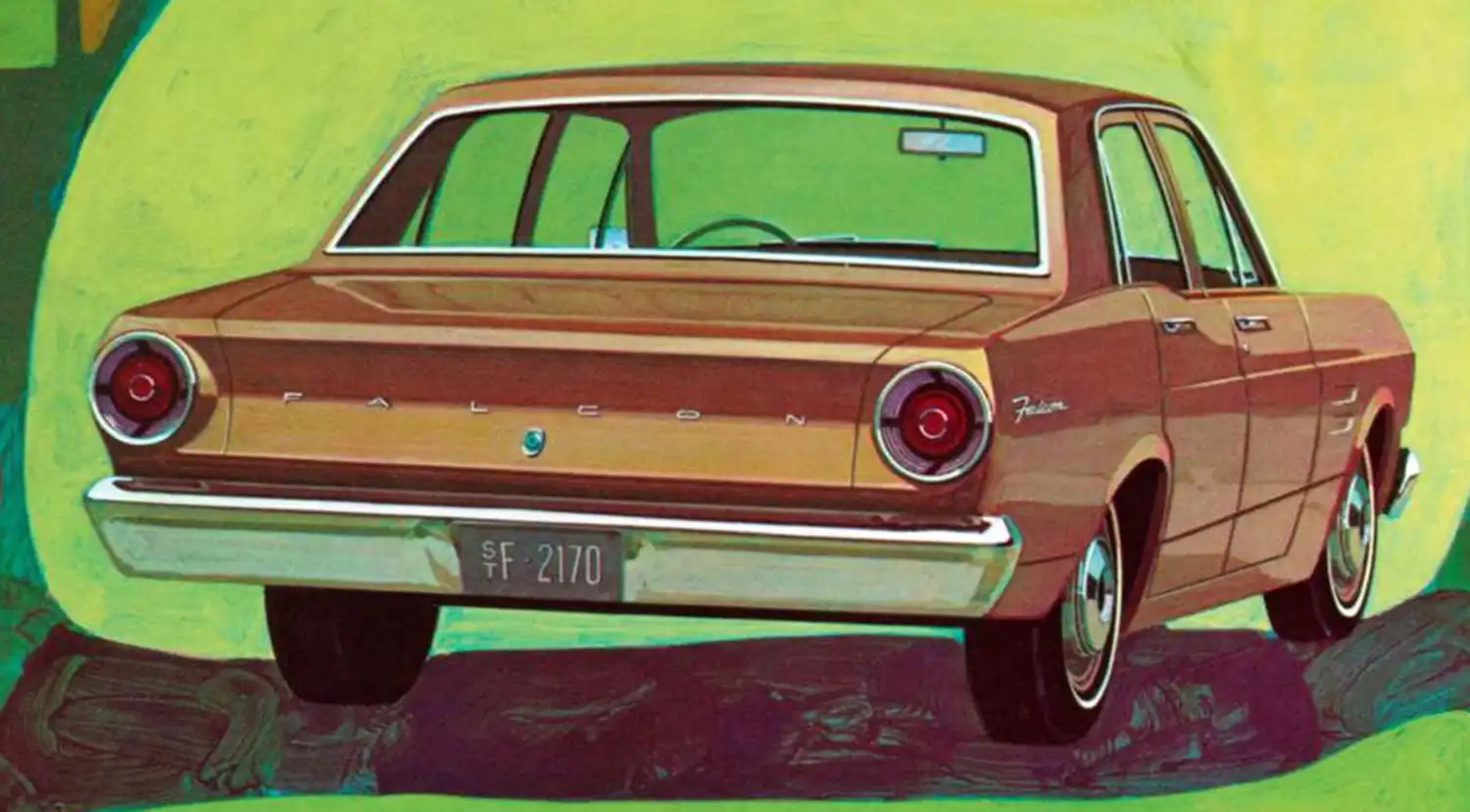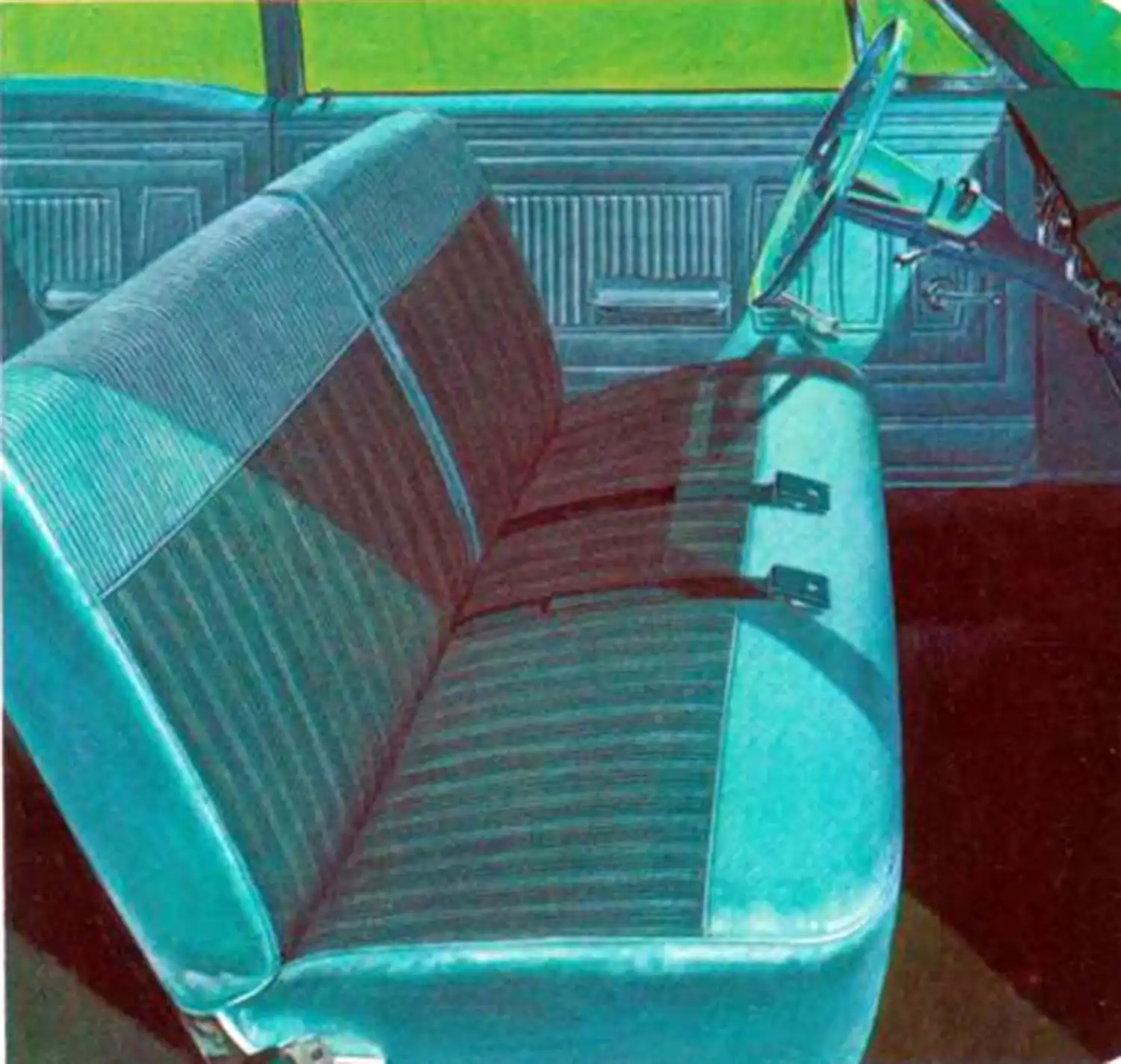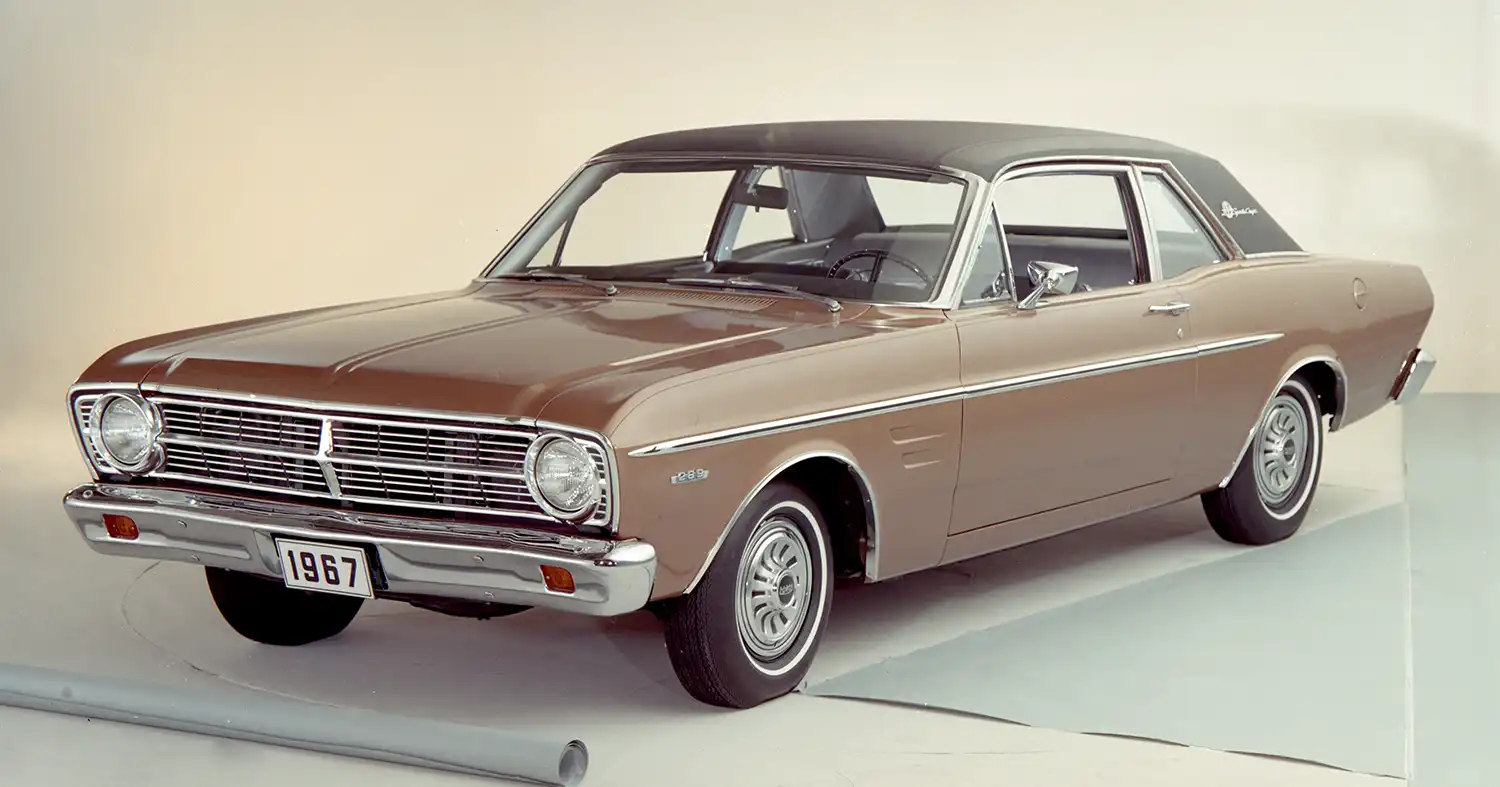
The Ford Falcon, since its introduction in 1960, had established itself as a practical and economical choice for American car buyers. By 1967, the Falcon had evolved, reflecting changing consumer tastes and the rise of the sporty compact segment. While still offering its traditional virtues of affordability and reliability, the 1967 Falcon also embraced a more stylish and performance-oriented persona, evident in its various body styles, trim levels, and available powertrains. This model year represented a transition for the Falcon, bridging its utilitarian roots with a nod towards the burgeoning muscle car era and the demand for more expressive personal transportation. This article explores the diverse range of body styles, trim levels, and styles that defined the 1967 Ford Falcon lineup.
A Broad Spectrum of Choices for the American Driver: The 1967 Ford Falcon offered a comprehensive range of body styles designed to cater to a wide array of needs and preferences. The lineup included the practical and popular 2-door coupe and 4-door sedan, providing affordable and reliable transportation for individuals and families. For those requiring more cargo capacity, the 4-door station wagon remained a steadfast choice. Recognizing the growing appeal of sporty compacts, Ford also offered the sleek Futura Sports Coupe, a stylish hardtop with no center pillar that exuded a more youthful and dynamic image. This diverse selection ensured that there was a 1967 Falcon to suit various lifestyles and budgets, from the cost-conscious commuter to the style-minded enthusiast.
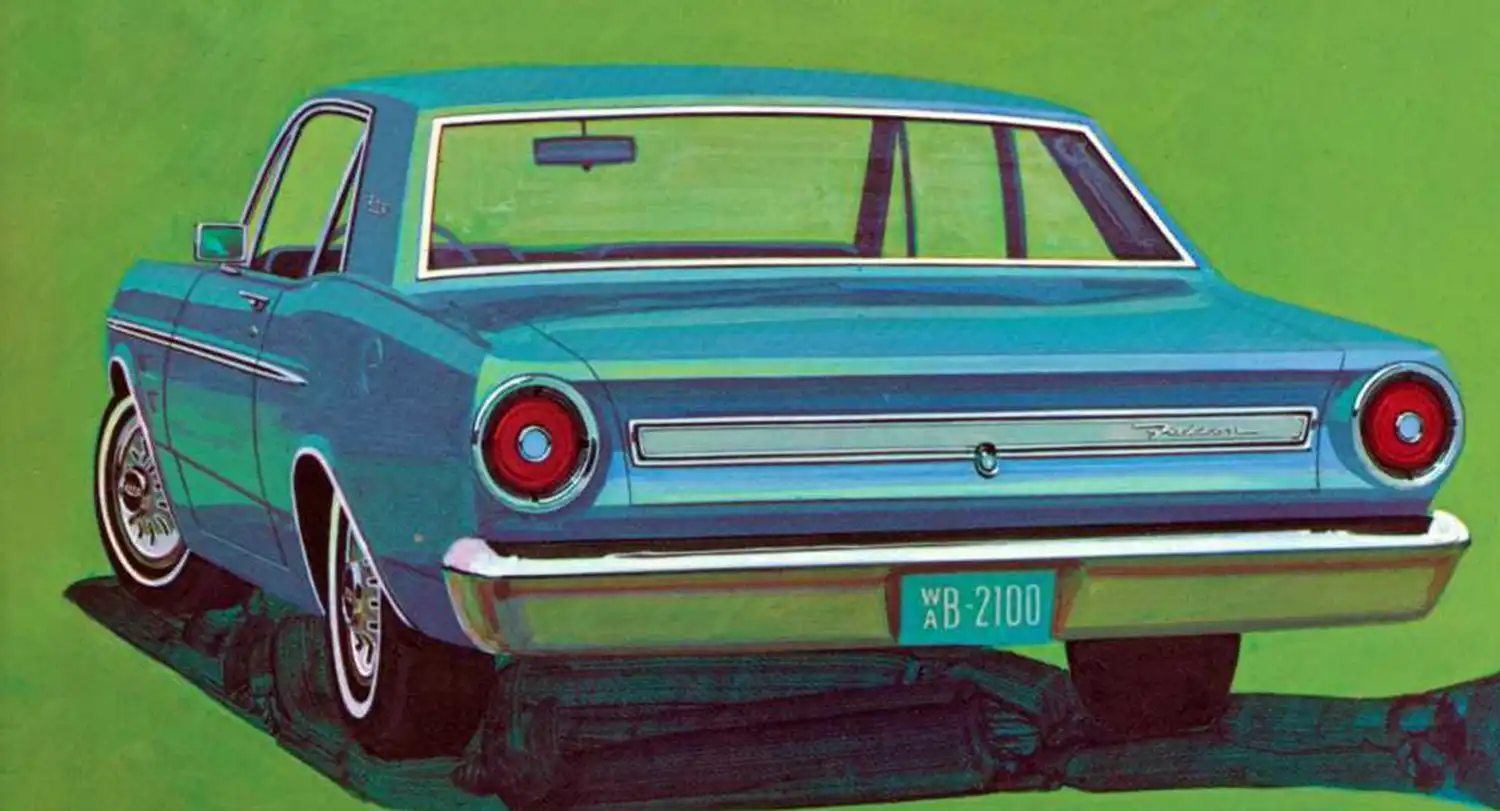
Trim Levels and Styling: From Austere to Upscale: The 1967 Ford Falcon was available in several distinct trim levels, each offering a different level of features, comfort, and styling. The base Falcon trim served as the entry-level model, providing essential transportation with minimal frills. Moving up the hierarchy was the Falcon Futura trim, which offered a more refined experience with upgraded interior upholstery, additional exterior brightwork, and enhanced styling details. The Futura aimed to provide a touch of sophistication without a significant price increase. At the top of the Falcon lineup was the Falcon Futura Sports Coupe, which, beyond its unique hardtop body style, often featured sporty touches like bucket seats, a center console, and distinctive badging, further emphasizing its sporty character. Each trim level allowed buyers to tailor their Falcon to their specific needs and aesthetic preferences.
The Stylish Flair of the Futura Sports Coupe: The 1967 Ford Falcon Futura Sports Coupe stood out as the most stylish and sporty offering within the Falcon range. Its pillarless hardtop design gave it a sleek and open appearance, reminiscent of more expensive personal luxury cars. Often equipped with optional bucket seats and a floor-mounted shifter, the Sports Coupe appealed to younger buyers and those seeking a more engaging driving experience. Its unique styling and available sporty options helped to broaden the Falcon’s appeal beyond its traditional image of basic transportation, positioning it as a contender in the increasingly competitive compact sporty segment.
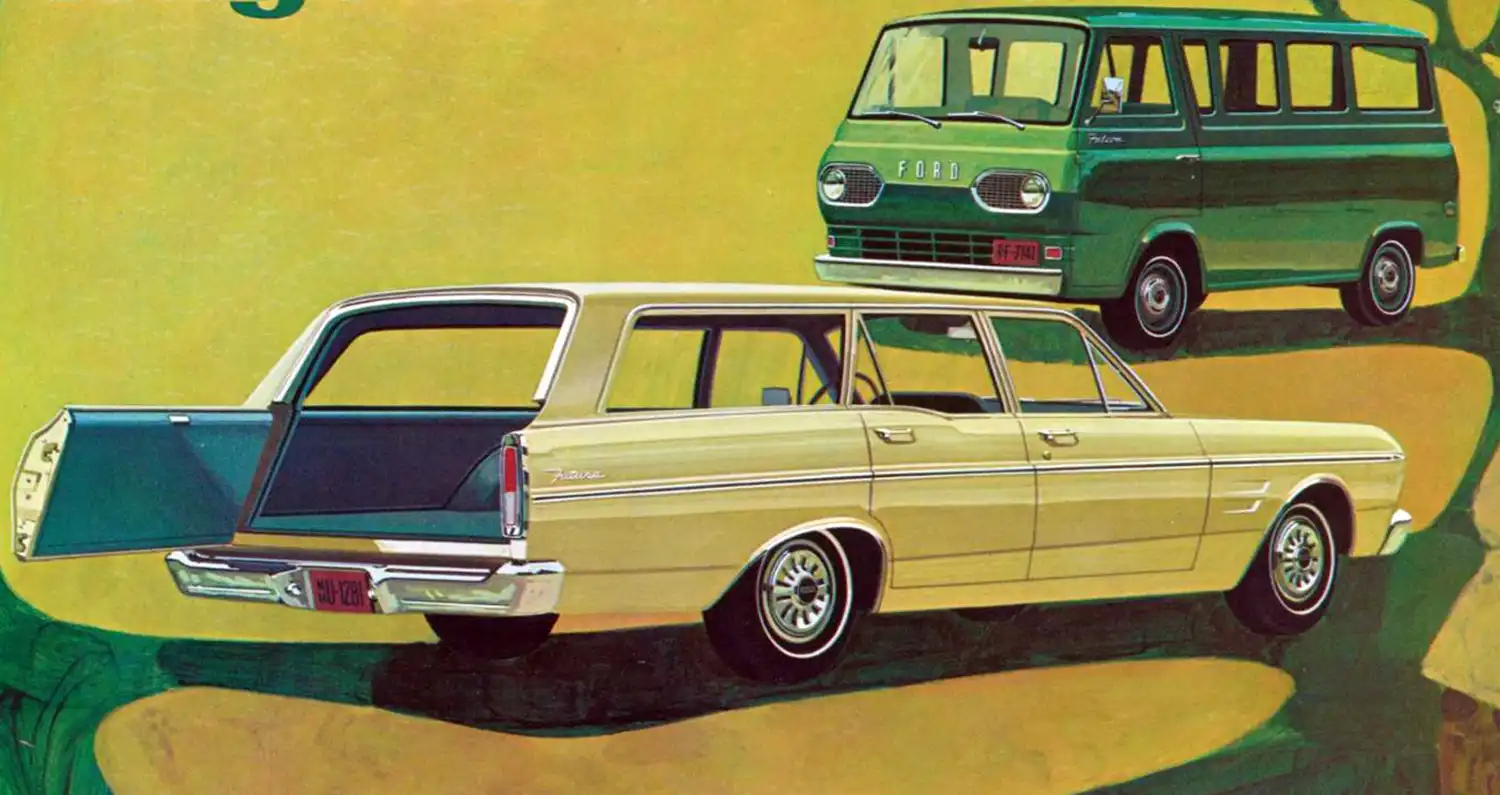
Practicality and Versatility of the Sedan and Wagon: While the Futura Sports Coupe captured the stylish end of the spectrum, the 1967 Ford Falcon 2-door coupe, 4-door sedan, and 4-door station wagon remained the workhorses of the lineup, providing dependable and practical transportation. The sedan offered comfortable seating for families and easy access with its four doors. The coupe provided a more personal and slightly more agile feel in a compact package. The station wagon, with its extended roofline and rear liftgate, offered significant cargo-carrying capacity, making it an ideal choice for families, small businesses, and anyone needing to transport larger items. These body styles underscored the Falcon’s enduring reputation for practicality and value.
Power Beneath the Hood: Engine Options for Every Need: Engine and Performance: The 1967 Ford Falcon offered a range of engine options designed to provide a balance of economy and performance. The standard engine was typically a 170 cubic inch inline six-cylinder, providing adequate power for everyday driving and good fuel efficiency. For those seeking more power, a larger 200 cubic inch inline six-cylinder was also available, offering improved acceleration and overall performance. The performance-oriented buyers could opt for a selection of V8 engines, including a 289 cubic inch V8 with various power outputs, providing a significant boost in performance and transforming the Falcon into a more spirited machine. Transmission choices typically included a standard three-speed manual, an optional four-speed manual for a more engaging driving experience, and a Cruise-O-Matic automatic transmission for added convenience. The availability of these different powertrains allowed buyers to tailor their Falcon’s performance to their specific needs and preferences, whether prioritizing fuel economy or seeking more robust power.
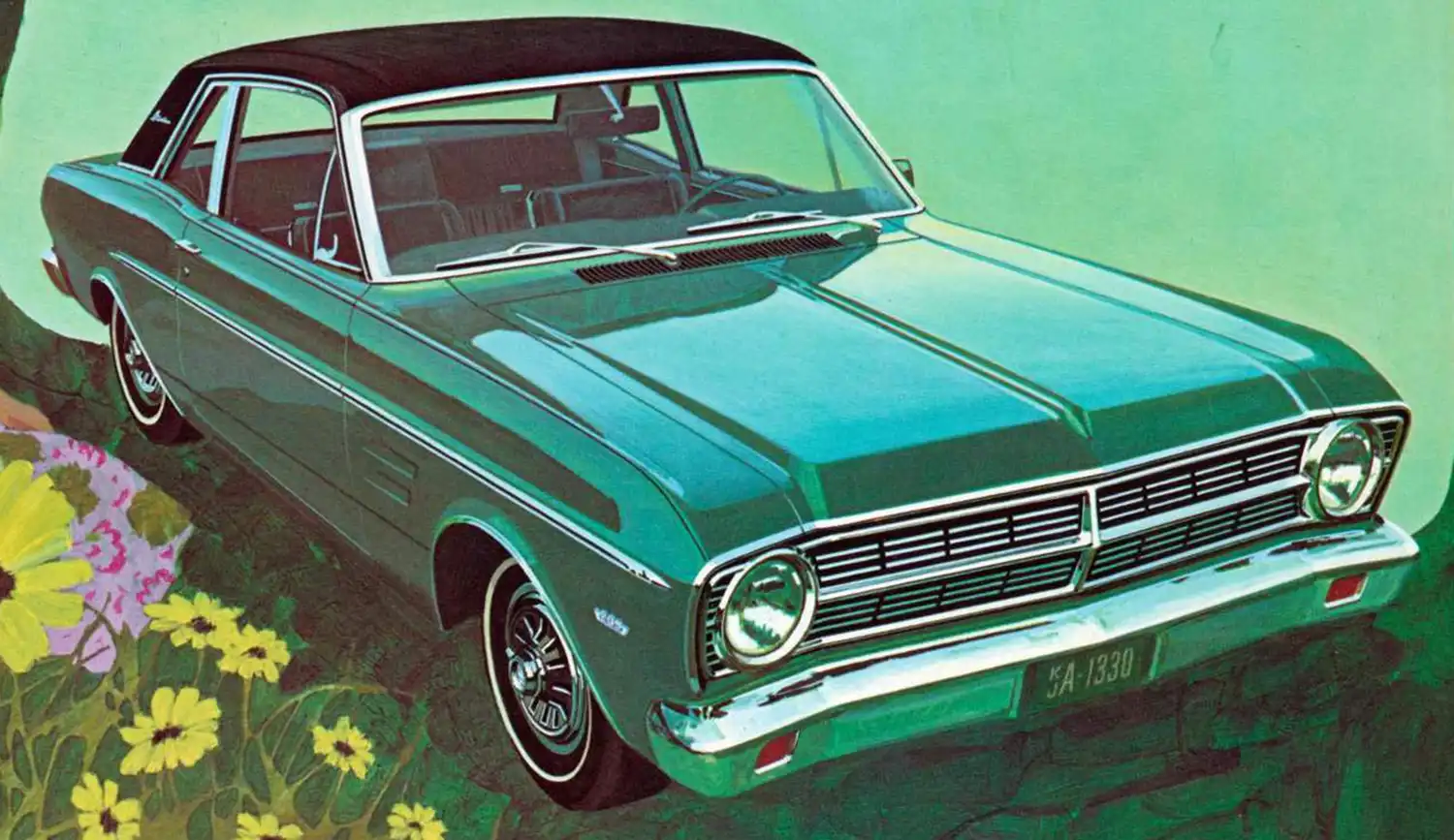
A Foundation of Reliability and Value: Underneath its various body styles and trim levels, the 1967 Ford Falcon maintained its reputation for solid engineering and dependable performance. Built on a sturdy unibody platform, the Falcon offered a good balance of ride comfort and handling for its class. Its straightforward mechanical design contributed to its reliability and ease of maintenance, making it a practical choice for budget-conscious buyers. The Falcon’s enduring appeal stemmed from its ability to provide reliable transportation without unnecessary complexity, a core value that had defined the model since its inception.
A Transition in the Falcon’s History: The 1967 model year marked a significant point in the Ford Falcon’s history. While still offering its traditional strengths of practicality and affordability, the Falcon was also beginning to evolve to meet the demands of a changing automotive landscape. The introduction of the stylish Futura Sports Coupe and the availability of more powerful V8 engines signaled a move towards a more sporty and appealing image. However, this would also be one of the last years for this particular generation of the Falcon, as a significant redesign was on the horizon. The 1967 Falcon, therefore, represents a fascinating blend of the model’s established virtues and a glimpse into its future direction.

The Enduring Legacy of a Versatile Vehicle: The 1967 Ford Falcon, in its diverse array of body styles, trim levels, and available powertrains, served as a versatile and adaptable vehicle for a wide range of American drivers. From the economical base models to the stylish Futura Sports Coupe and the practical wagons, the Falcon continued to offer a compelling combination of value, reliability, and increasingly, style. Its ability to cater to such a broad spectrum of needs solidified its place as an automotive icon of the 1960s, a testament to its enduring practicality and its capacity to evolve with the times.
Summary:
- The 1967 Ford Falcon was available as a 2-door coupe, 4-door sedan, and 4-door station wagon.
- The Futura trim level offered upgraded interior and exterior styling.
- The Futura Sports Coupe featured a stylish pillarless hardtop design.
- Engine options included 170 and 200 cubic inch inline six-cylinders, and various 289 cubic inch V8s.
- Transmission choices were 3-speed manual, 4-speed manual, and Cruise-O-Matic automatic.
- The Falcon maintained a reputation for reliability and affordability.
- The 1967 model year represented a transition in the Falcon’s history, with a nod towards sporty styling.
- The diverse range of body styles and trims catered to a wide array of buyers.
Disclaimer: Specific engine outputs and available features for the 1967 Ford Falcon could vary depending on the production plant and regional specifications.
Source : Ford & Ford Heritage Vault
This article was crafted with assistance from Gemini
